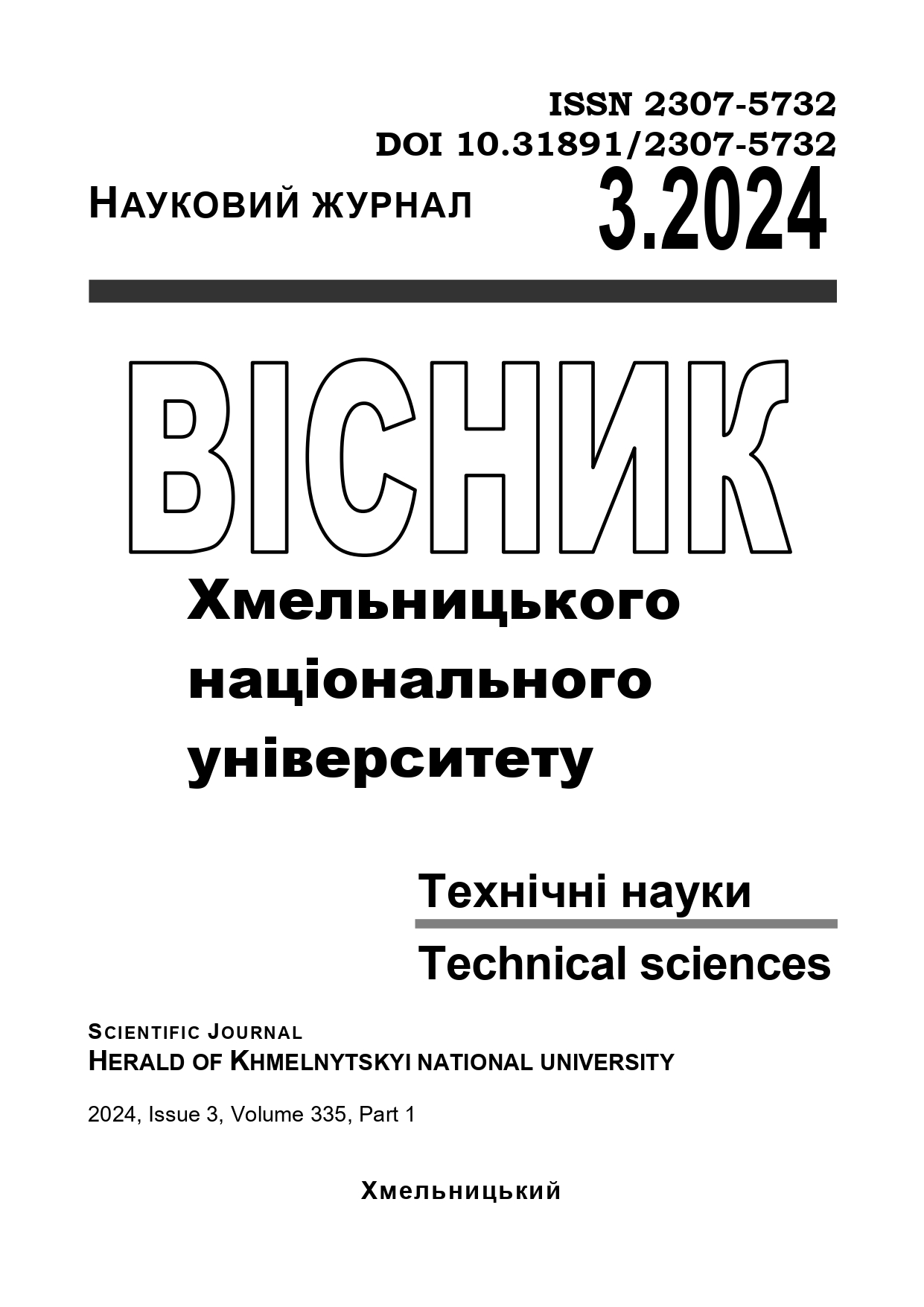METHODS FOR IMPLEMENTING MICROSERVICE ARCHITECTURES: ADVANTAGES AND DISADVANTAGES, IMPLEMENTATION AND TESTING IN THE DEVELOPMENT OF SOFTWARE APPLICATIONS
DOI:
https://doi.org/10.31891/2307-5732-2024-335-3-55Keywords:
microservices, microservice architecture,, software application development technologies, design patterns, software design, testingAbstract
Developing a microservice architecture is a complex and comprehensive process that requires a deep understanding of many aspects of its implementation. This article discusses this architecture, its advantages and disadvantages, when it is appropriate to use it, and some important methods, technologies, patterns, and approaches to testing. Particular emphasis is placed on the importance of correctly dividing the system functionality into microservices, which can be effectively done with the help of Eric Evans' domain-driven design approach and the use of boundary contexts.
Among the important technologies that were considered were containerization and container orchestration, which, when used in conjunction, allow each microservice to be placed in a separate container that can be quickly and easily run on different operating systems without the need to pre-configure their parameters, helps to efficiently use and allocate resources between them, and simplifies the management process.
Efficiency, and a number of other important parameters of a software product, directly depend on the selected design patterns and the quality of their implementation, for example, the switch pattern, if properly designed and configured, can ensure stable operation of the entire system even if individual microservices are not working correctly, temporarily limited and become unavailable for calling until all errors are corrected, or the gateway and the Sega pattern, which allow you to route requests and maintain the correct operation of each microservice in the event of a problem.
Testing of microservice architecture is an extremely important and complex task, on which all further operation of the system depends, so it was determined that it should be carried out simultaneously using several different testing methods, namely unit tests, integrated and end-to-end testing, which together allow at different levels and stages of development to check the correctness of the operation of both the entire system and its individual elements, which allows you to quickly identify errors and eliminate them before deploying the software.
As a result of the research, the advantages and disadvantages of microservice architecture, the feasibility of its use, and a number of modern technologies, design patterns and testing methods were identified and analyzed, which together will help to avoid a number of problems in the development and create a high-quality microservice architecture.

